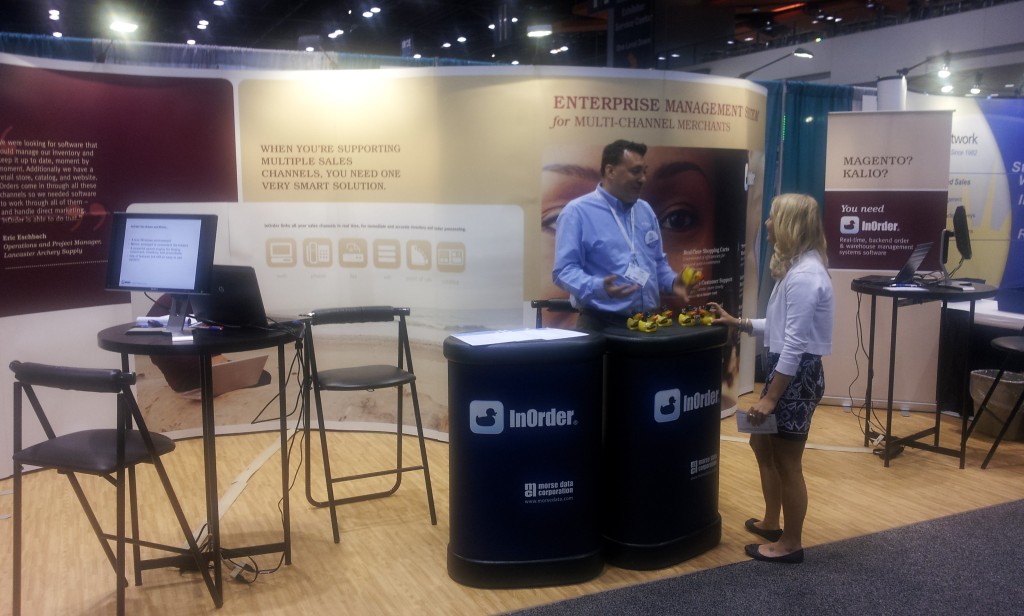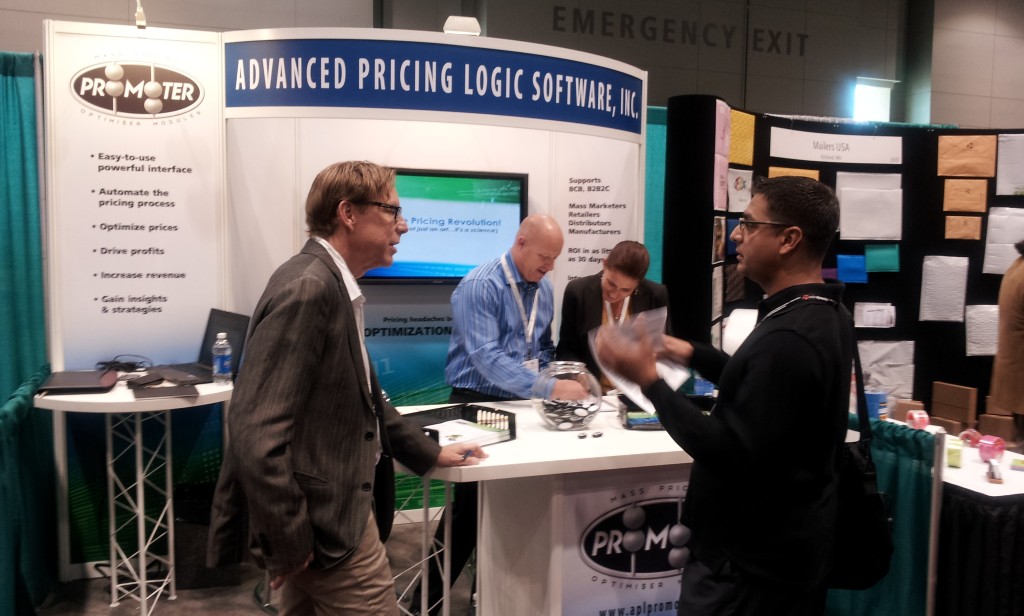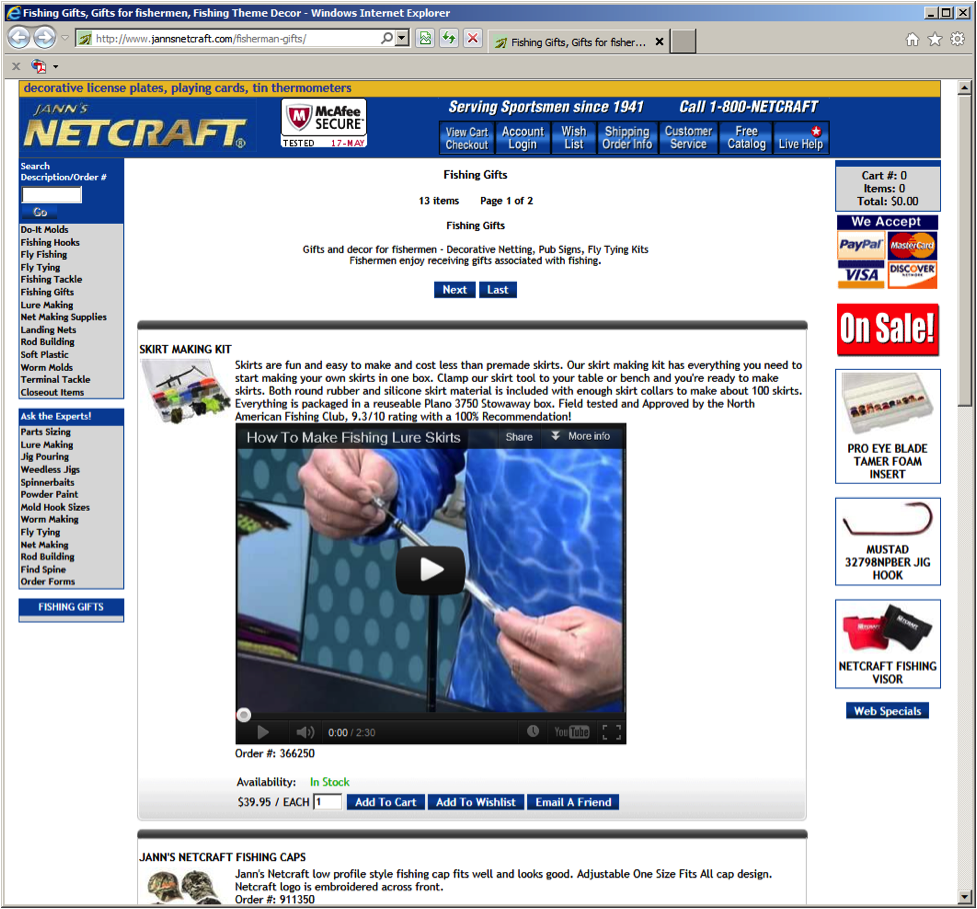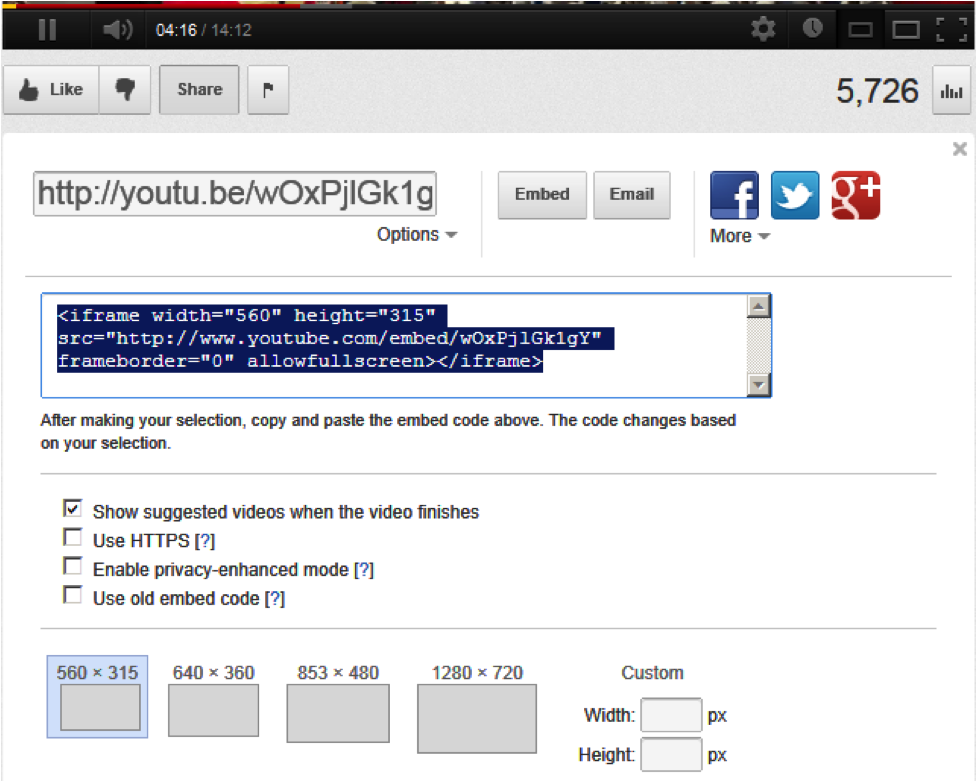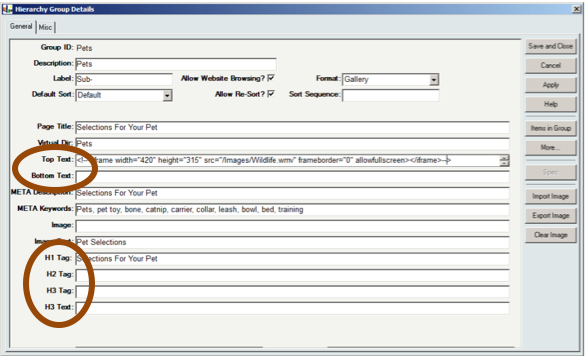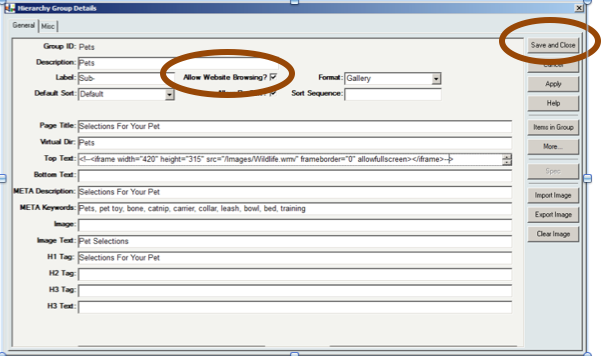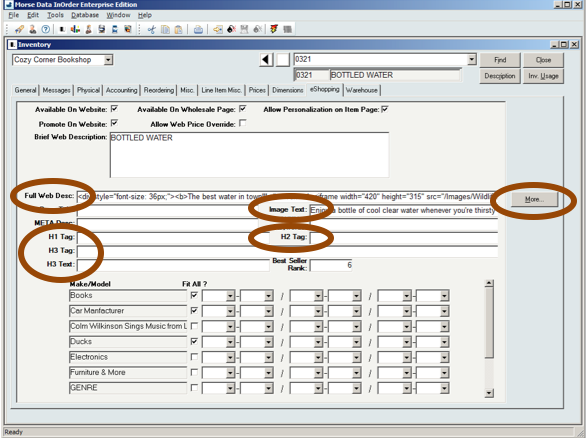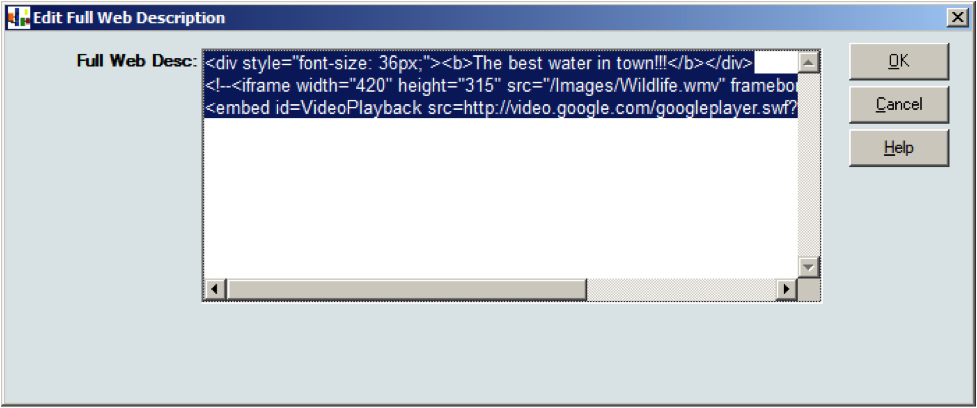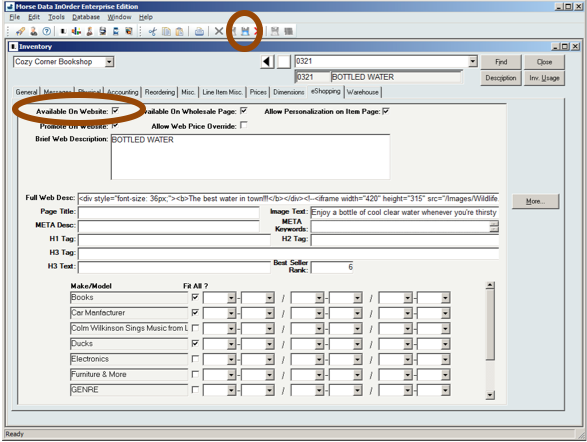Archive: June, 2012
Five Reasons to Keep Your Order Processing Credit Card Numbers In-House
To help protect consumers’ sensitive data, including credit card numbers, the Payment Card Industry Security Standards Council (PCI SSC) has been ratcheting up compliance regulations.
Regulations state that all credit card data must be protected. Complex and costly, these regulations have become a real burden to small and mid-sized businesses.
To help businesses minimize the amount of data kept on hand, and thus minimize the burden of meeting regulations, a new data security technology was developed. “Tokenization” replaces a piece of sensitive data with a value that isn’t sensitive. Card holder data is then stored in a separate database or off-site in a secure facility.
Merchants cried for help when they were told to implement new security standards, and Card Processors answered this call with offers to take on the secure card storage burden for them.
Tokenization sounds like a cost effective way to solve a complex problem. However, for multi-channel merchants, off-site tokenization may not be the right solution. Why?
1. Lack of flexibility – As a multi-channel merchant, different channels and/or markets may require that you take advantage of offerings from different payment processers. Tokenization prevents you from doing this as you’re locked into one processor.
2. Data is no longer “physical” – Because tokenization is a “software as service” application, once you sign on, you’re locked in, and sometimes getting your data back in one piece can be difficult. And, if your vendor makes a change – or if tokenization technology changes – you’re stuck.
3. Lack of future security – Mergers and acquisitions happen between vendors, requiring you to change to another processor. What happens to your outsourced tokens?
4. Risk still a factor – Credit card numbers that simply “pass through” your website checkout screens still require you to answer the “SAQ-D” questionnaire, even if you don’t “store” the card numbers. Therefore, “SAQ-C” scope can only be achieved by using a processor’s hosted checkout page (similar to a native PayPal checkout call) that sends payment confirmation back to your website on behalf of the customer.
Additionally, tokenization will never solve the call center and retail risks of exposure when credit card numbers are entered or swiped into your system.
5. Can’t easily change processing vendors – With tokenization, you’re locked in to one processing vendor.
If you use a Payment Application Data Security Standard (PA DSS) certified software system such as InOrder, you can rest assured you’re keeping your data safe.
In addition, by keeping your order process credit card numbers in house, you can route your authorizations and captures for preferred card reorders, backorders, standing orders and continuity orders to a different payment processor any time you decide to change your processing vendor to get a better rate.
What’s your take on tokenization? Are you considering it? Why or why not? Leave your comments below.
Did You Get Your Duck at IRCE 2012?
We’re back from IRCE — three days of learning, connecting, and schmoozing with customers, partners and friends. Now that we’ve dug out from under email, we’re ready to post a few pictures.
Traffic was brisk to the InOrder booth where people stopped to pick up their Blues Saxaphone duck to add to their collections. (We frequently have customers stop by just for their duck!) We also gave lots of demos of InOrder version 9.1.
Also exhibiting were InOrder partners Advanced Pricing Logic and Kalio. In the photo below is David Leonard, CEO of Advanced Pricing. He attended IRCE to showcase his Pricing Promoter Software that works with InOrder. (He also owns Original Parts Group, an InOrder client).
Pricing Promoter allows you to intelligently analyze and set your inventory sales prices on thousands of SKUs, based on actual product data.
The next photo is of Kalio’s striking new booth. Kalio is a front-end e-commerce platform that offers an InOrder integration option. According to their IRCE 2012 write up, their new booth featured a 14′ tall arch, various demo stations, and a “Speed of Change Challenge” presentation backdrop.
The company wanted to make sure people got to know Kalio, what they mean by “Speed of Change,” and what their new “Zero Upfront Fees” business model is about. Be sure to take a peek at their fabulous video if you meander over to their blog.
We also were happy to see our partners Avalara Tax and Magento! Be sure to catch Avalara’s “crowd-sourced” IRCE wrap up. The top tweeted words, according to their Twitter hashtag analysis: ecommerce, online, Internet, retailers, and mobile. That just about sums it up!
Do you have a picture of your InOrder duck collection you’d like to share? Let us know! We’ll feature it here on the blog.
Increase Web Store Sales with How-To Videos
Nothing beats showing your potential customers how your product works. According to eMarketer, adding video increases sales, lowers cart abandonment, and helps you stand apart from your competition.
InOrder lets you easily add YouTube videos to your online store – as you can see in the screenshot below. Jann’s Netscraft used their YouTube video to show how to make fishing lure skirts using their Skirt Making Kit.
Their video can be played directly on their web site by all their web store visitors. Videos can be used for hierarchy groups, as well as for product detail pages. Here’s how to add your own YouTube videos to your web store.
Getting the code from the video on YouTube
1. Locate your video on YouTube.
2. Click the Share button under the video to expand the options.
3.This area lets you share the video via Email and several other options.
Click the Embed button.
4. The expanded area contains the appropriate HTML to display the video on your website. Select and copy the code.
Using the code for Hierarchy Groups
1. Follow the steps to get the code from the video on YouTube.
2. In InOrder, open the [Inventory Hierarchy] window.
3. Select the hierarchy for your video.
4. Click the Edit Details button to open the [Hierarchy Group Details] window.
5. On the General tab, select the location for your video. You may place a video in the Top Text area, the Bottom Text area, or any of the Heading Tag fields.
6. Click the More … button.
7. Paste the HTML text from the video on YouTube into the text editor popup.
8. Click the OK button to return to the [Hierarchy Group Details] window.
9. Check the Allow Website Browsing checkbox to display the hierarchy on the website.
10. Click the Save and Close button.
Using the code for Product Detail Pages
1. Follow the steps to get the code from the video on YouTube.
2. In InOrder, open the [Inventory] window.
3. On the eShopping tab, select the location for your video. You may place a video into the Full Web Desc. field, the Image Text field, or any of the Heading Tag fields.
4. Click the More … button.
5. Paste the HTML text from the video on YouTube into the text editor popup.
6. Click the OK button to return to the [Inventory] window.
7. Check the Available On Website checkbox to display the product on the website.
8. Click the Save button on the toolbar.
While videos on YouTube are easily embedded using the HTML provided by YouTube, InOrder lets you use any video by using the appropriate HTML.
Have a question you’d like us to answer? Have a Tip or Trick you’d like to share? Let us know!
Wear a Button, Win $100.
In the picture above, Morse Data VP Tony Marchese (left) is collecting his prize for simply wearing a button — $100. Sweet!
INetU exhibited at last week’s IRCE conference. For the contest, representatives from the company randomly selected people in the crowd wearing their button. Nice contest!
The company offers managed hosting. If you’re an InOrder client and want to store your servers in the cloud, let Tony know. He can introduce you to someone at INetU.
Welcome to the Get InOrder Blog!
Enterprise Resource Planning (ERP) software is continually changing – especially as more business functions move online. Choosing the right ERP software can be a tough process. Meeting the demands of today’s online consumer can be tougher still.
Our goal with this blog is to educate you about ERP software, with a focus on the Order Management side of ERP. This blog talks about how you can put it to use in your business – whether you’re thinking about ERP or you’re an InOrder client.
We’ll be offering our own “from the trenches” insights about things from real-time inventory and shopping carts to m-commerce and more. We’ll also be posting quick tips you can put to use immediately to get more from your InOrder software.
Please take a minute to subscribe to our blog. You can also connect with us on LinkedIn – or even better – join our LinkedIn InOrder Group headed by VP of Sales Tony Marchese. (You can find the group by doing a quick search on LinkedIn for “InOrder”.)
You can also help us out by clicking the “Like” buttons when you see something of interest. This lets us know the topics and success stories that you find most useful. And if time permits, let us know which topics you’d like to see addressed here by leaving your comments below.






